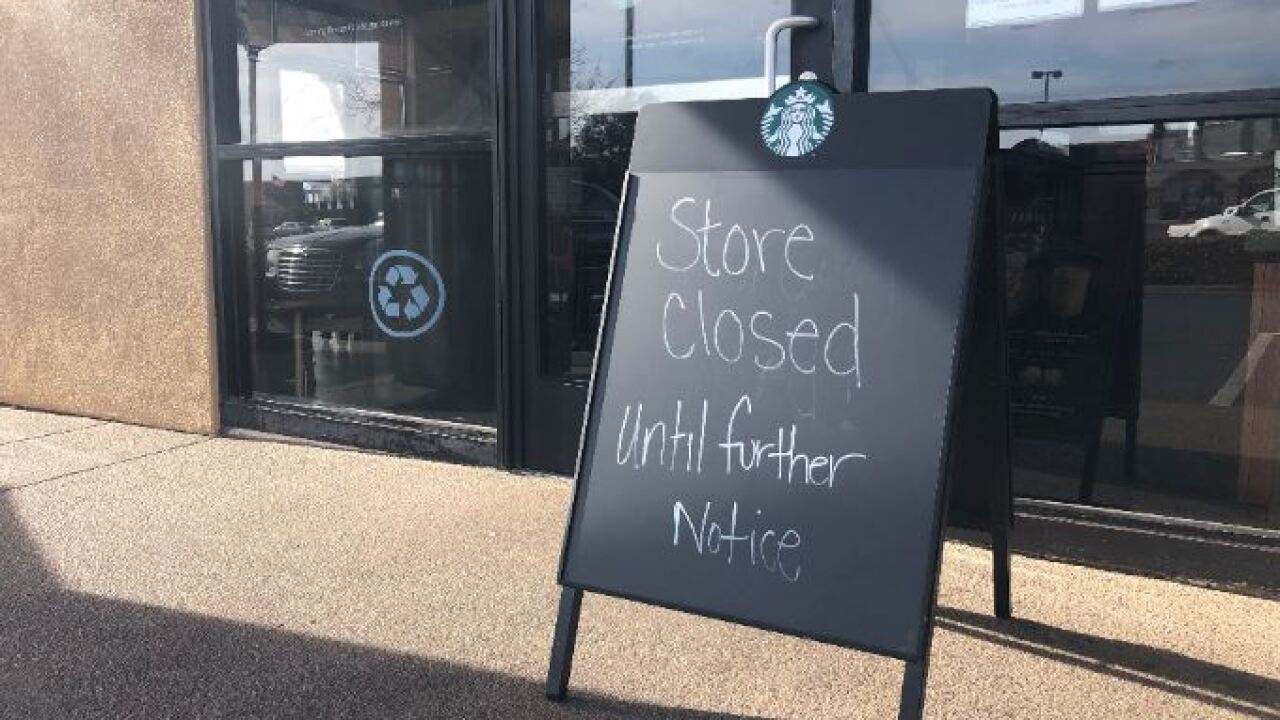
Chamberlains of London – Starbucks has announced a significant shift in its operations by closing more than 100 stores across North America. This move is part of a larger restructuring aimed at reducing costs and revitalizing the brand in key markets. Customers received messages from the company acknowledging the emotional connection many have with their local coffee shop. Starbucks explained that these stores are more than just places to buy coffee; they are community spaces, where daily routines and personal memories form. Despite the emotional tone, the company remained firm about its decision. CEO Brian Niccol emphasized the urgency to address weakening sales figures and operational inefficiencies. The closures are concentrated in high-density areas such as California, New York, and Washington DC. The decision has been met with mixed reactions from customers and industry analysts alike. The next steps for Starbucks may involve a more streamlined store experience and selective expansion in international markets.
Starbucks appears focused on safeguarding long-term profitability rather than clinging to underperforming locations. This strategy has led to some difficult decisions regarding store closures in key markets like Los Angeles, San Francisco, and New York. Starbucks indicated that these locations failed to meet expected financial performance or lacked the capacity to deliver the customer experience the brand promises. Critics argue that the closures could hurt customer loyalty and limit accessibility in urban neighborhoods. Supporters believe this will allow Starbucks to invest more in newer, more efficient formats. The company also plans to enhance its digital services and simplify menus to reduce customer wait times. Analysts believe Starbucks is adapting to a new retail environment shaped by hybrid work and changing consumer behavior. While painful in the short term, this move may help the company sharpen its competitive edge and refocus on its most loyal markets. These changes reflect an ongoing evolution in the coffee retail landscape.
“Read about: McDonald’s Monopoly Is Back After Nearly a Decade, And You Could Win $1 Million!”
The closure of more than 100 Starbucks locations comes with a human cost. Nearly 900 employees will be affected by layoffs across the United States. While the company stressed that some roles may be reassigned, not all positions can be saved. This wave of restructuring follows a February announcement about eliminating over 1,100 jobs and reducing menu complexity to boost performance. The current layoffs target non-store-facing roles, including regional staff and support functions. Internally, the company faces pressure to maintain morale and productivity among remaining workers. Labor issues have become more visible in recent months as thousands of baristas threatened strikes over working conditions. The workforce uncertainty adds to Starbucks’ broader challenges as it tries to balance profitability with social responsibility. CEO Niccol admitted that these actions, although necessary, have deeply affected many within the organization. This restructuring marks a pivotal moment in how Starbucks will manage its internal culture and employee engagement moving forward.
“Read more: Tragedy in Gaza: Child Dies Amid Malnutrition Crisis Shocking the World!”
Starbucks’ stock performance has been under pressure, with a reported decline of over 8 percent in 2025. Analysts attribute this to six consecutive quarters of same-store sales drops in the US, its largest and most lucrative market. Investors have responded cautiously to the closure plan, awaiting more clarity on how the changes will affect long-term growth. While layoffs and store closures often produce short-term gains on Wall Street, they may also signal deeper issues. Starbucks has tried to reassure stakeholders by reaffirming its international expansion goals. The company remains committed to opening 80 new stores in the UK and 150 across EMEA this fiscal year. Still, doubts remain about whether the brand can regain momentum in a saturated and highly competitive US market. Economic headwinds, combined with shifting consumer tastes and digital disruption, have made the current strategy both bold and risky. Starbucks must now prove that its vision can reverse declining trends.
A closer look at the locations impacted by the closures reveals a clear pattern. High-cost urban areas like California and New York have seen the highest number of shutdowns. Cities such as Los Angeles, San Francisco, and Brooklyn are heavily affected, with multiple branches closing in each. Smaller states like Montana and New Mexico also witnessed closures, although to a lesser extent. The list compiled by Business Insider relies on reports from employees, media verification, and the Starbucks store locator tool. Areas in Maryland, Massachusetts, Virginia, and Oregon show significant reductions as well. Each closed store represents more than just a loss of service; it alters daily routines and reduces neighborhood gathering spots. The closures also underscore the impact of real estate costs and changing foot traffic in post-pandemic cities. By targeting these specific areas, Starbucks is repositioning itself to operate in more sustainable and strategically chosen environments that better align with its evolving goals.
This article is sourced from ekbis.sindonews.com and for more details you can read at chamberlainsoflondon
Writer: Sarah Azhari
Editor: Anisa